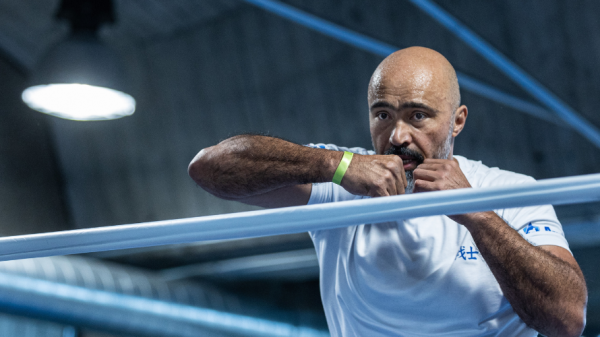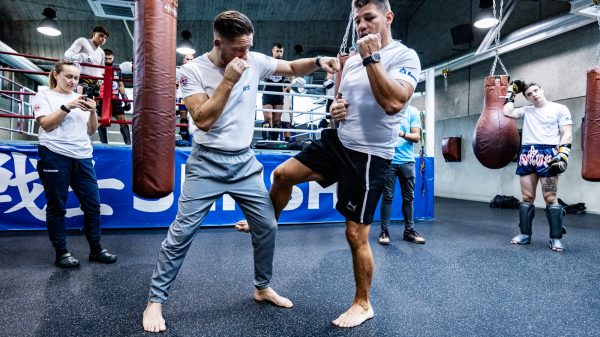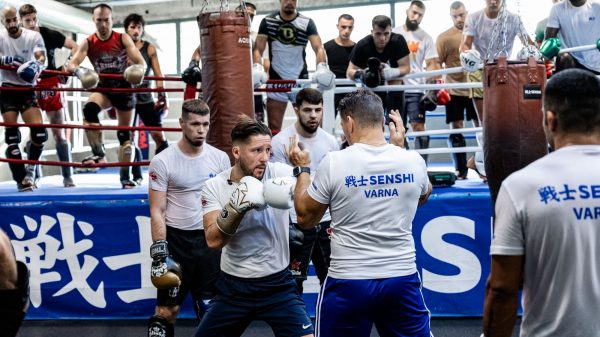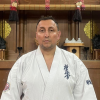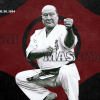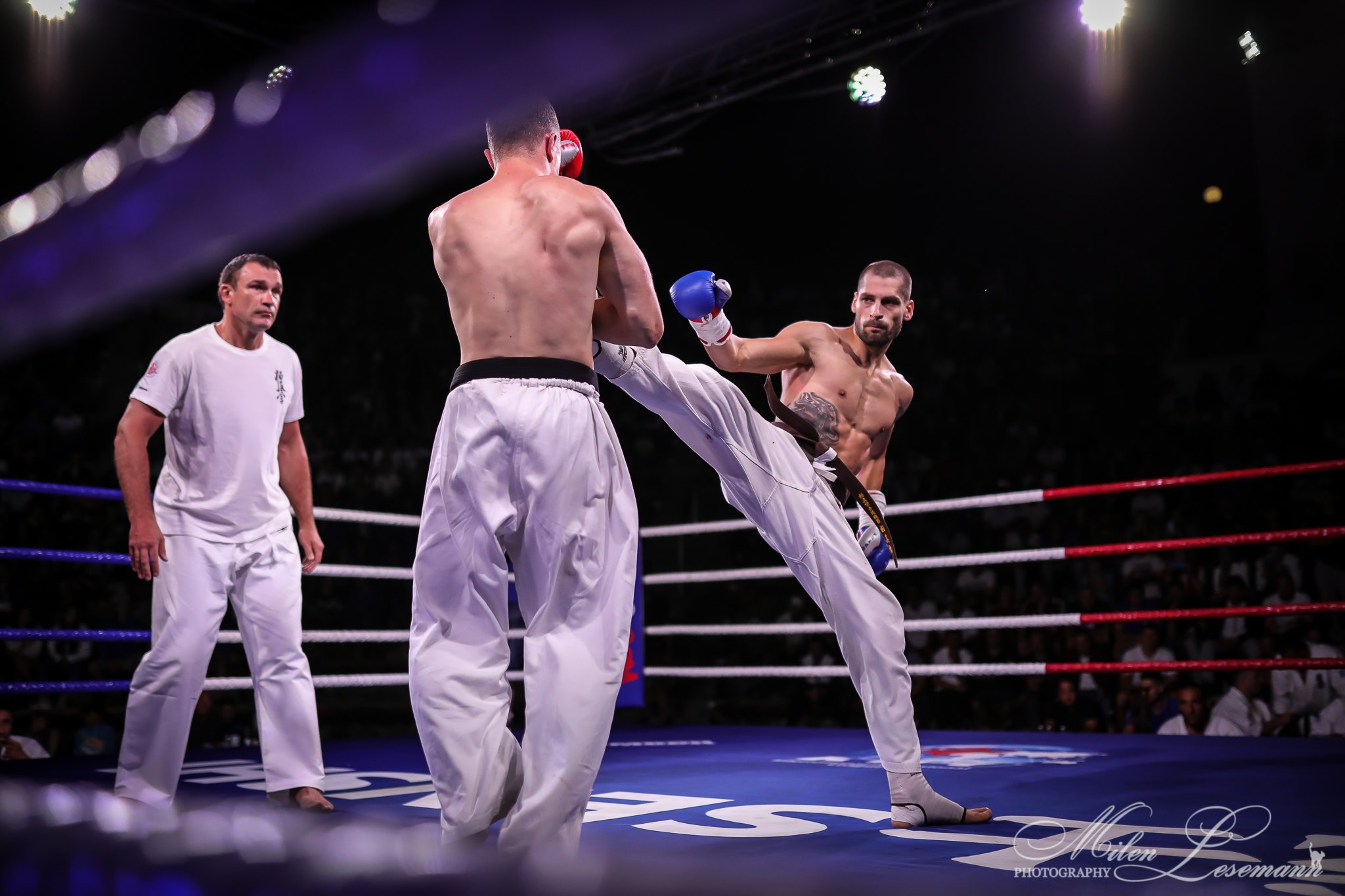The katana was used by samurai both in combat but also for practicing many different types of martial arts, and the modern martial artists still use the katana incorporated into iaijutsu, battōjutsu, iaidō, kenjutsu, kendō, ninjutsu and Tenshin Shōden Katori Shintō-ryū among a few others that may use a katana or wooden katana (bokken). So yes you can find different schools with qualified instructors if you wish to learn the full art of the katana.
Before beginning your training with a katana
It should be noted that mastering the Japanese sword, or katana, is something that can take a lifetime, and even then there will still be details to improve upon. Just like any other martial art, it has a progressive learning curve where most students fall short of putting in the many hours of repetitions it takes to gain a basic understanding of a technique or movement. In essence, your mind will have to learn and understand what is going on, and then you must program your body to instinctively make the series of movements by repeating it again and again until it is second nature. This should all take place in a designated dojo with an instructor to avoid learning wrongful movements that will later take time to repair.
The 3 Basic cutting techniques with a katana
We will now take a closer look at a few of the fundamental cutting techniques which are the elements that make up Japanese sword preparation. Once more, each style is different and none of them are right or wrong, it is simply unique ways to achieve the same outcome. It is imperative to get qualified instruction.
Technique 1 – Vertical Overhead strike with a katana
The simple overhead vertical strike is the most essential, yet crucial Japanese sword technique performed from an overhead position, with the sword perfectly level it is “thrown out” much like throwing a fishing line by pulling with the left hand at the base until it reaches the head or shoulder of the target and after basically drops down to stop on a level plane. The technique should be completed without the use of power, enabling the sharp blade to do its work.
A typical mistake is to use an excessive amount of power from the right hand, which is actually only supposed to be supporting and directing the direction of the katanas movements. One approach to limit this is to rehearse the throwing movement while holding the sword in the left hand only.
Technique 2 – Horizontal strike with a katana
The katana blade starts horizontally facing out away from your body and pointing behind you and is controlled with the left hand and guided with the right through the motion. When the blade reaches its objective it slicing through to the opposite side.
Technique 3 – Diagonal strike with a katana
A diagonal strike to the right side of the shoulder and finishing out through the left armpit of the target. This strike begins in a similar position as the basic overhead cut and then tilts diagonally a little bit as it is steered by the left hand.
As the blade reaches the target your arms will be extended and the momentum of the blade helps cut through the objective, finishing in a position somewhat lower than horizontal with the elbows close to or touching your body. Let the speed, weight and momentum of the blade do the work.. never try to force anything as this is working against the nature of the blade. You will notice the distinct difference when using the correct technique and can easily tell by the sound it makes when it slices through the air correctly.


